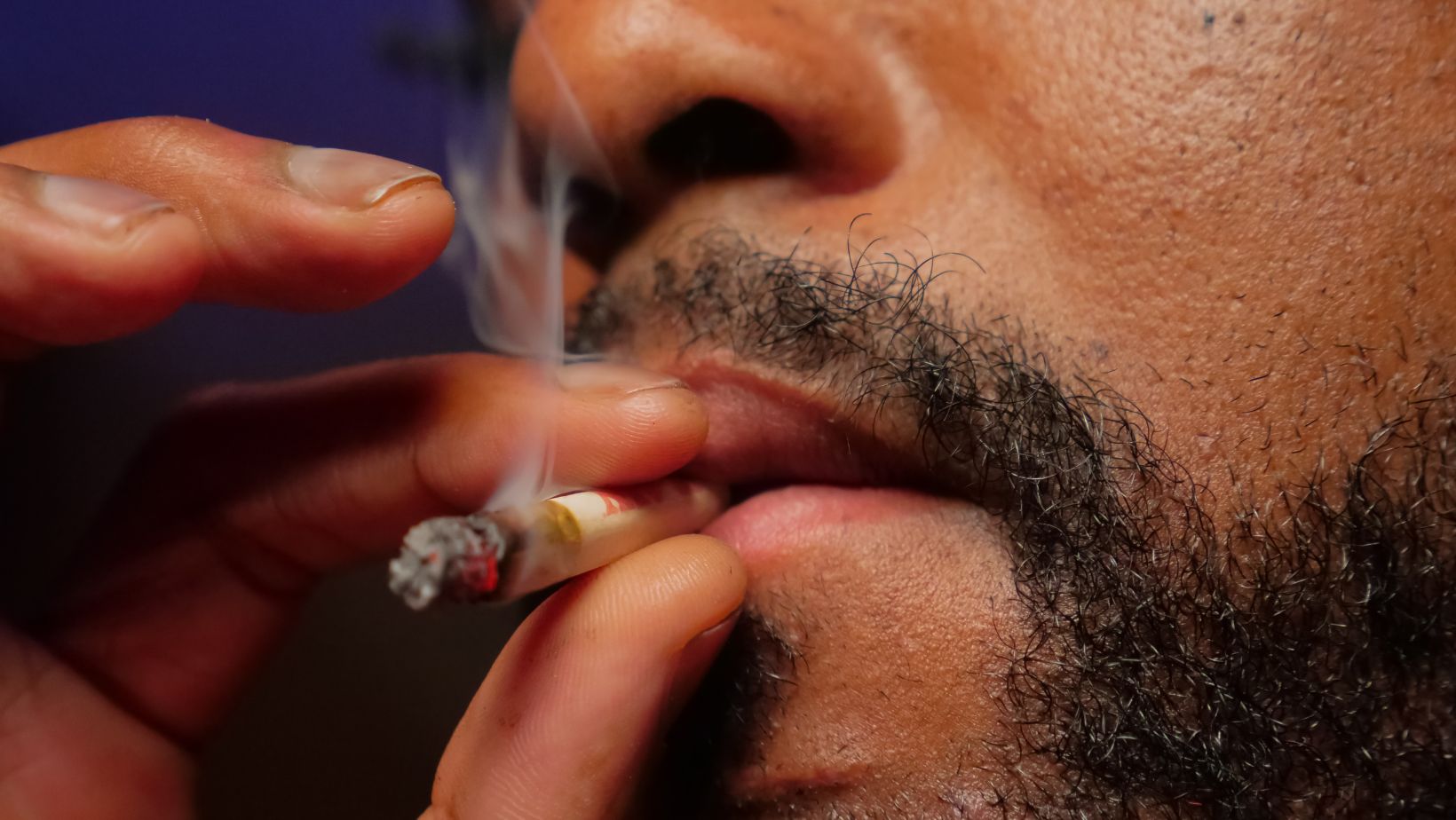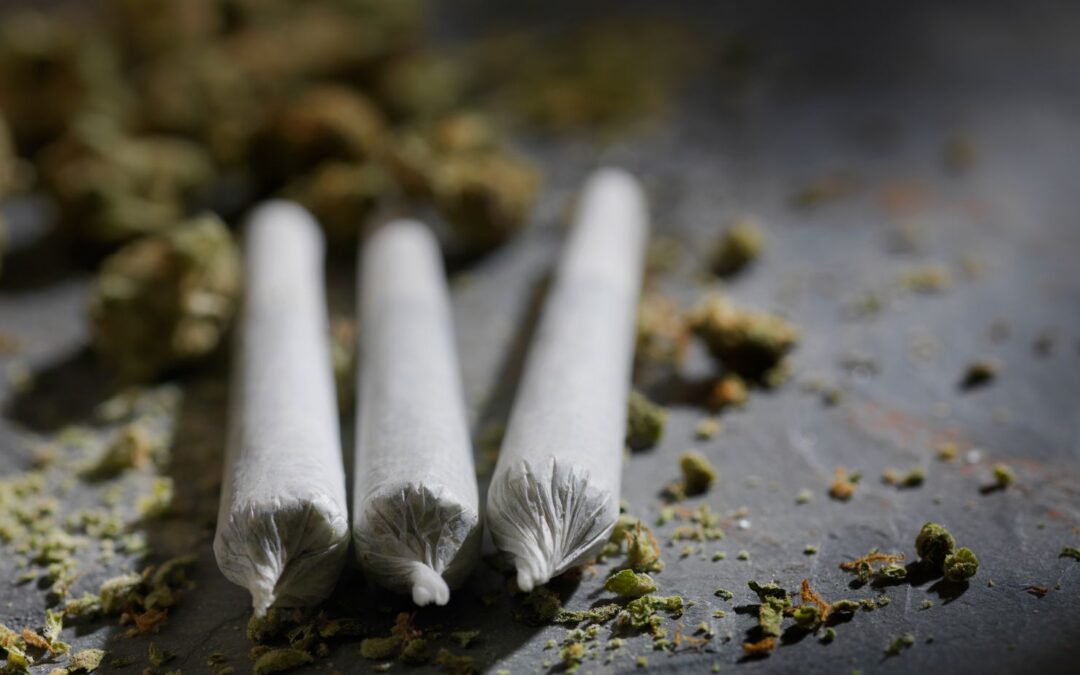The legalization of marijuana has been a topic of intense debate across the world, particularly concerning its potential impact on youth usage. Supporters argue that regulation helps control access and reduces illicit drug trade, while opponents fear that legalization could normalize use and lead to higher consumption rates among adolescents.
This article examines the relationship between marijuana legalization and youth usage by analyzing scientific research, public health data, and real-world case studies from regions that have implemented legalization policies.
The Concerns About Youth Marijuana Use
Brain Development and Long-Term Effects
Adolescents’ brains are still developing, making them more vulnerable to the negative effects of marijuana. Research published in The Journal of Neuroscience suggests that regular marijuana use during adolescence may lead to cognitive impairments, memory deficits, and changes in brain structure (Orr et al., 2019). Concerns arise that increased availability through legalization may lead to more adolescents experimenting with cannabis.
Potential for Dependency
While marijuana is generally considered less addictive than substances like alcohol or nicotine, 9-17% of users who begin using in adolescence develop dependency (*National Institute on Drug Abuse, 2021). This raises concerns that if marijuana becomes more accessible, there could be an increase in dependency rates among young people.
Influence of Perceived Harm
Studies indicate that when the perceived harm of a drug decreases, usage rates tend to increase. A report from the Monitoring the Future Survey (MTF) found that as more states legalized marijuana, the perception of its risks among teens declined (Johnston et al., 2020). A lower perception of harm could lead to more frequent use among adolescents.
What the Data Says: Does Legalization Lead to More Youth Use?
Evidence from U.S. States with Legalization
Several U.S. states have legalized marijuana for recreational use, providing an opportunity to examine whether youth usage has increased post-legalization.
– A study published in JAMA Pediatrics analyzed data from states with legalized recreational marijuana and found no significant increase in youth marijuana use compared to states where it remained illegal (Anderson et al., 2019).

– The Centers for Disease Control and Prevention (CDC) reported that marijuana use among high school students remained stable or declined in some states post-legalization (CDC, 2021).
These findings suggest that legalization does not necessarily lead to an increase in adolescent marijuana use and, in some cases, may contribute to a decline due to regulation and education efforts.
International Case Studies
– Canada: Since legalizing recreational marijuana in 2018, Canada has monitored youth cannabis consumption closely. A study from The Canadian Centre on Substance Use and Addiction found a slight decrease in marijuana use among 15-17-year-olds post-legalization (CCSA, 2022).
– Uruguay: As the first country to fully legalize marijuana in 2013, Uruguay has seen no major increase in youth marijuana use according to government surveys. The country’s strict regulation of sales and advertising may have contributed to this outcome (Queirolo et al., 2020).
Factors That Influence Youth Usage Post-Legalization
Regulation and Age Restrictions
One of the primary factors affecting youth marijuana use post-legalization is the strength of regulatory policies. Strict age restrictions, product labeling, and sales limitations help prevent underage access. States and countries with robust enforcement tend to see lower rates of youth marijuana consumption.
Public Education Campaigns
Public health initiatives play a crucial role in shaping adolescent behavior. States like Colorado and Washington have invested in education campaigns that highlight the risks of marijuana use among young people.

Studies show that well-designed awareness programs can counteract the decline in perceived harm and discourage teen use (Dilley et al., 2020).
Parental and Community Influence
Family attitudes and community norms also impact youth behavior. Adolescents from households with clear rules against substance use are less likely to engage in marijuana consumption, regardless of legalization status. Community-led prevention programs further reinforce these protective factors.
Conclusion: Does Legalization Lead to Increased Youth Usage?
While concerns about marijuana legalization leading to increased youth usage are valid, current research does not support a direct correlation. Data from the U.S., Canada, and Uruguay suggest that when marijuana is regulated responsibly—through age restrictions, public education, and enforcement mechanisms—youth usage does not necessarily increase and, in some cases, may even decline.
However, continued monitoring is essential to assess long-term trends. Policymakers must remain proactive in implementing regulations that minimize youth access while promoting education on the potential risks of early marijuana use. Through responsible legislation, society can balance the benefits of legalization while protecting young people from potential harm.



